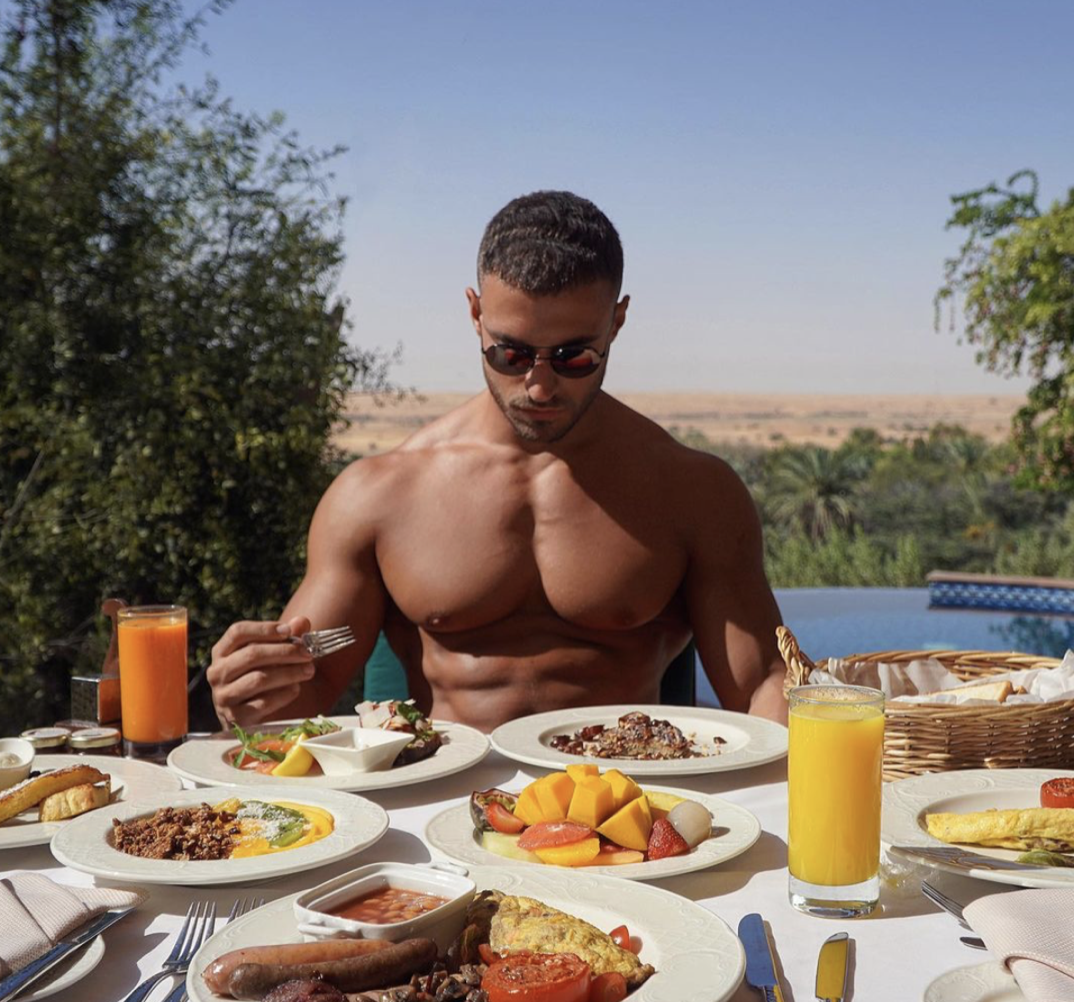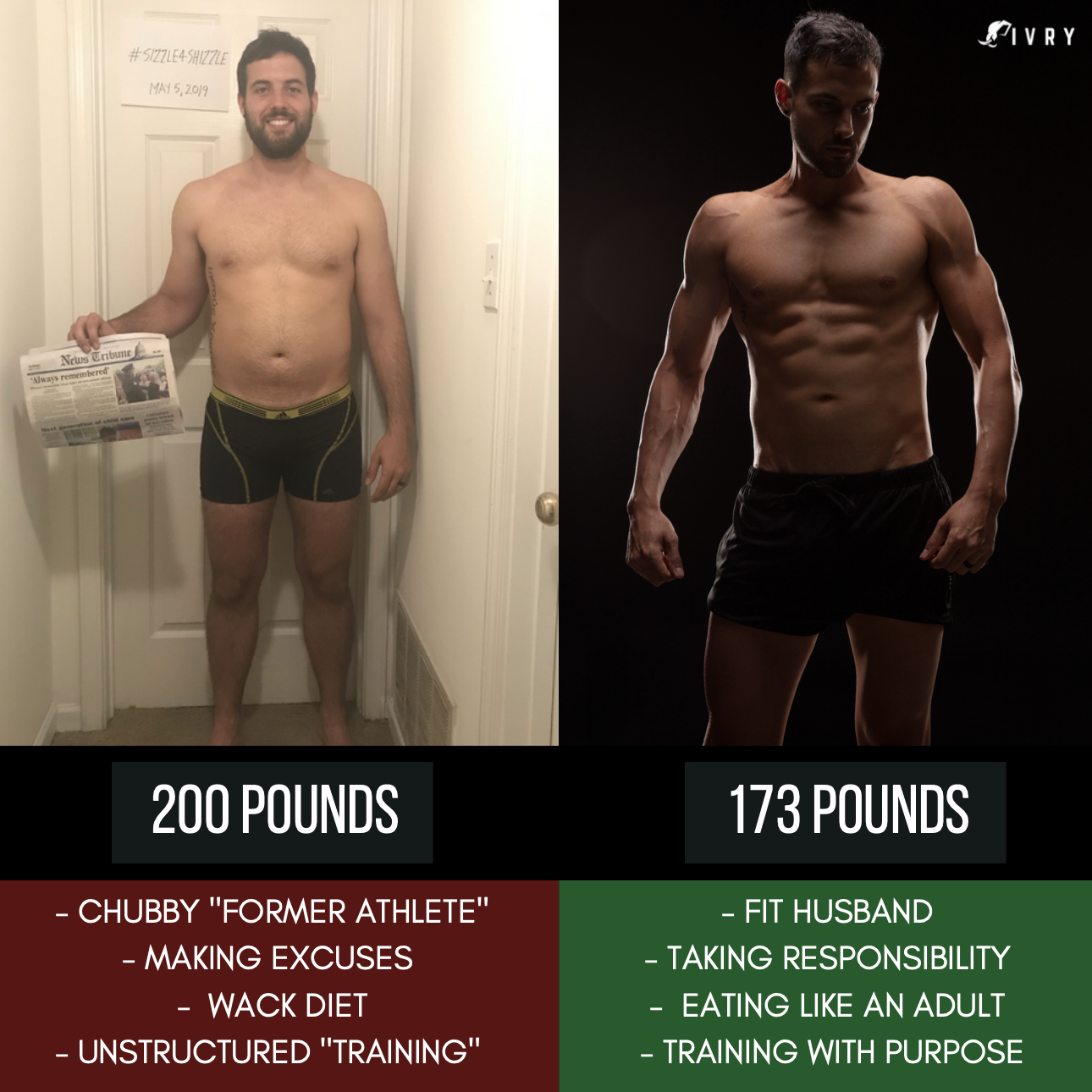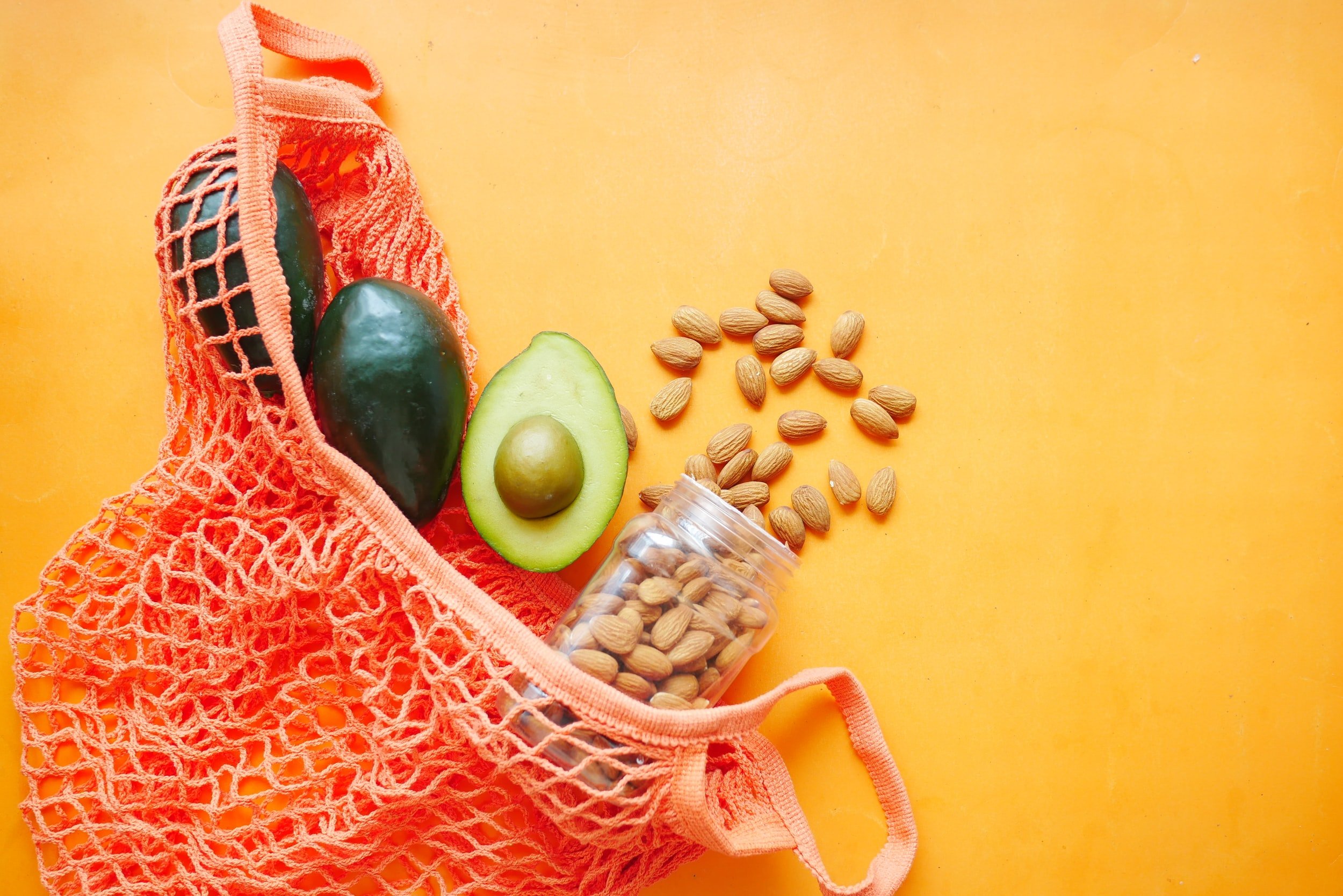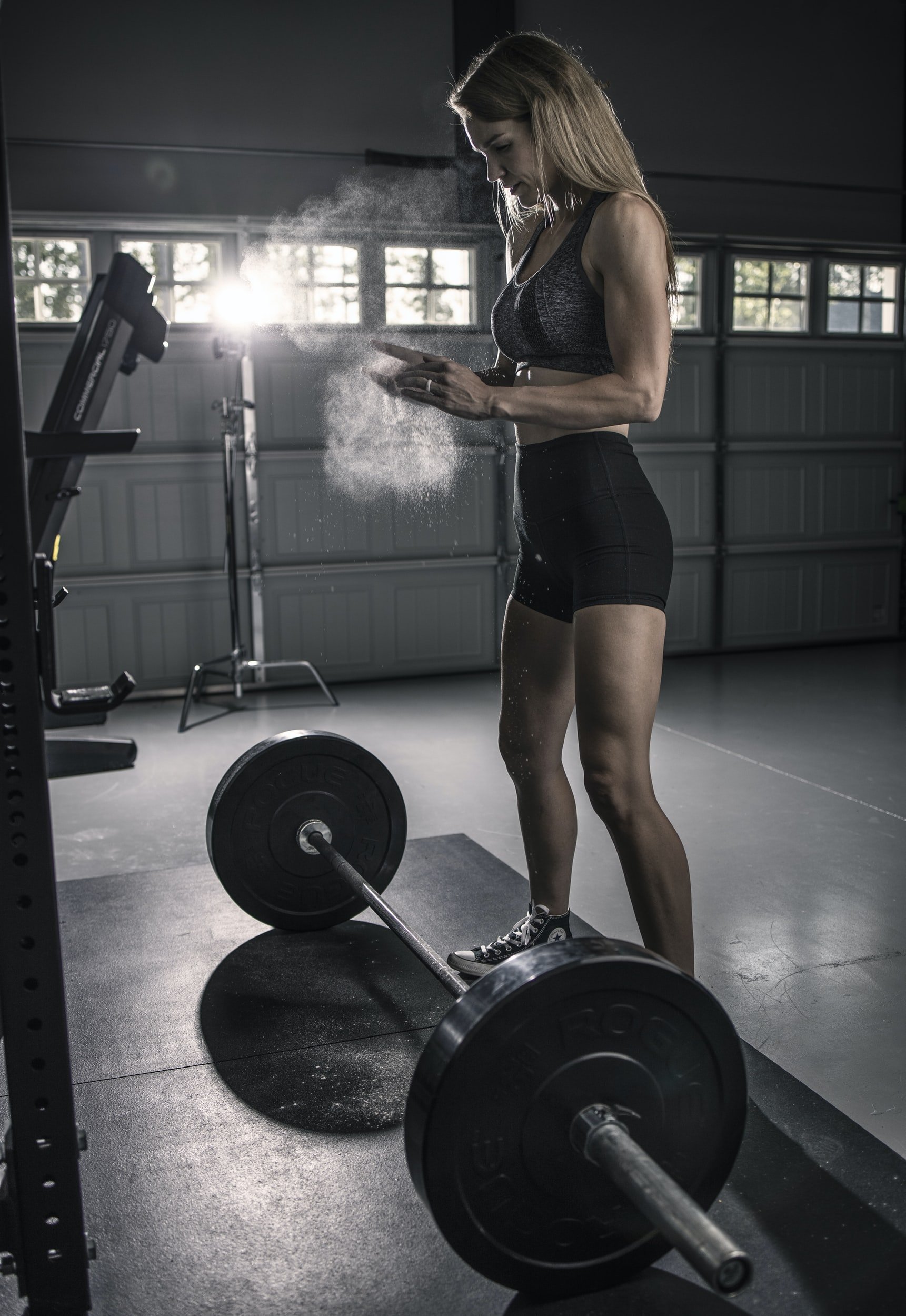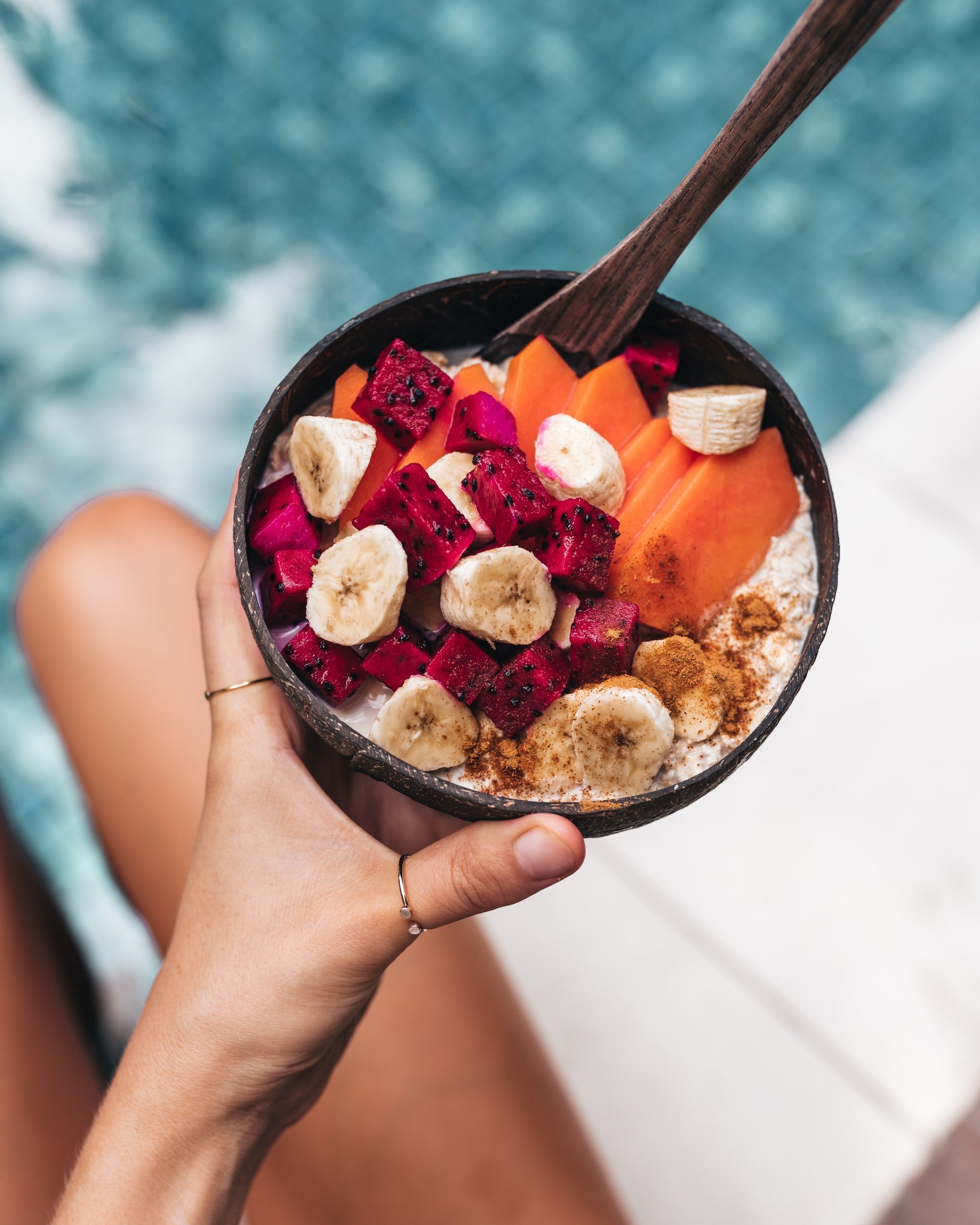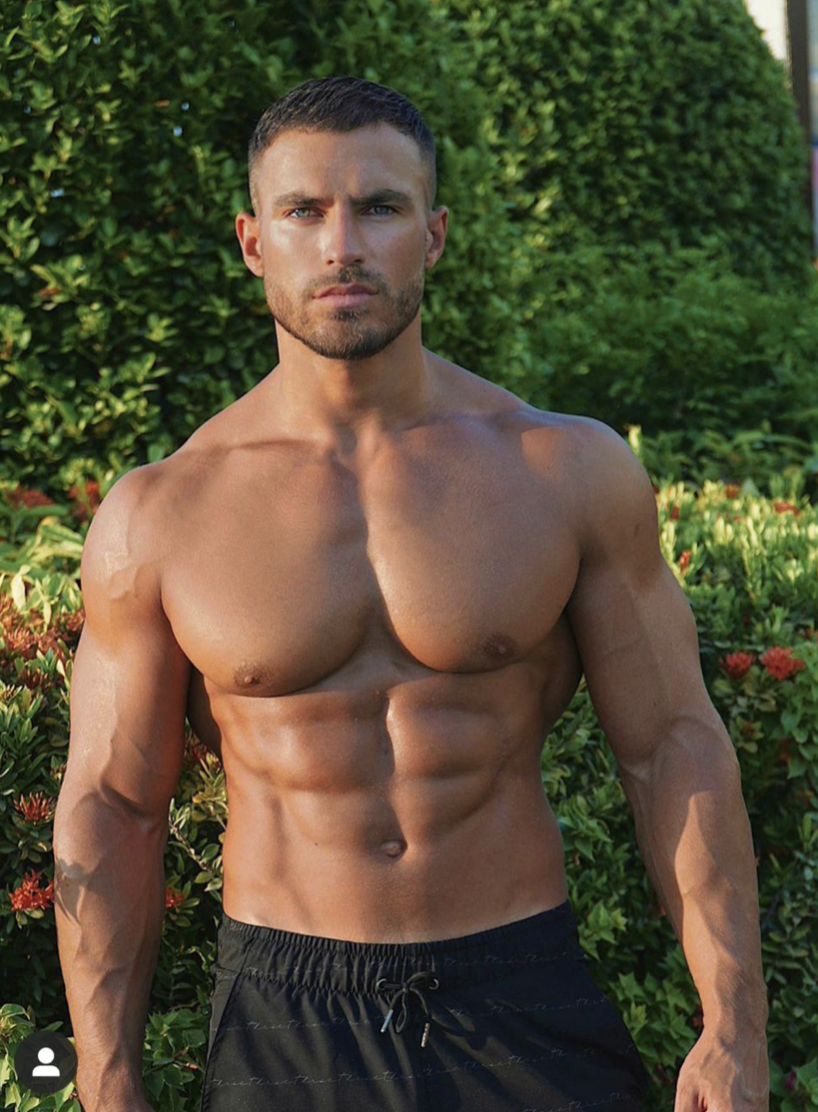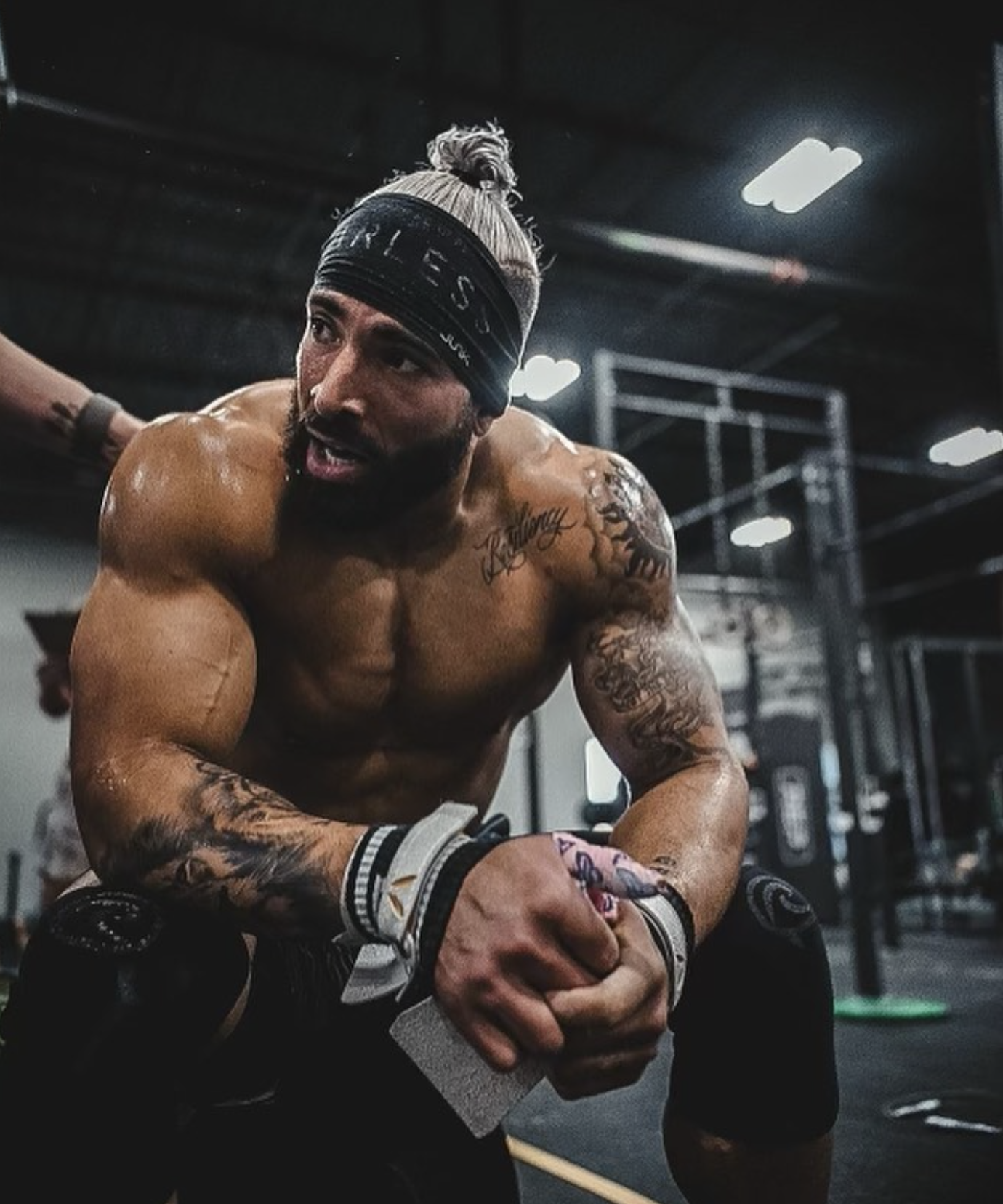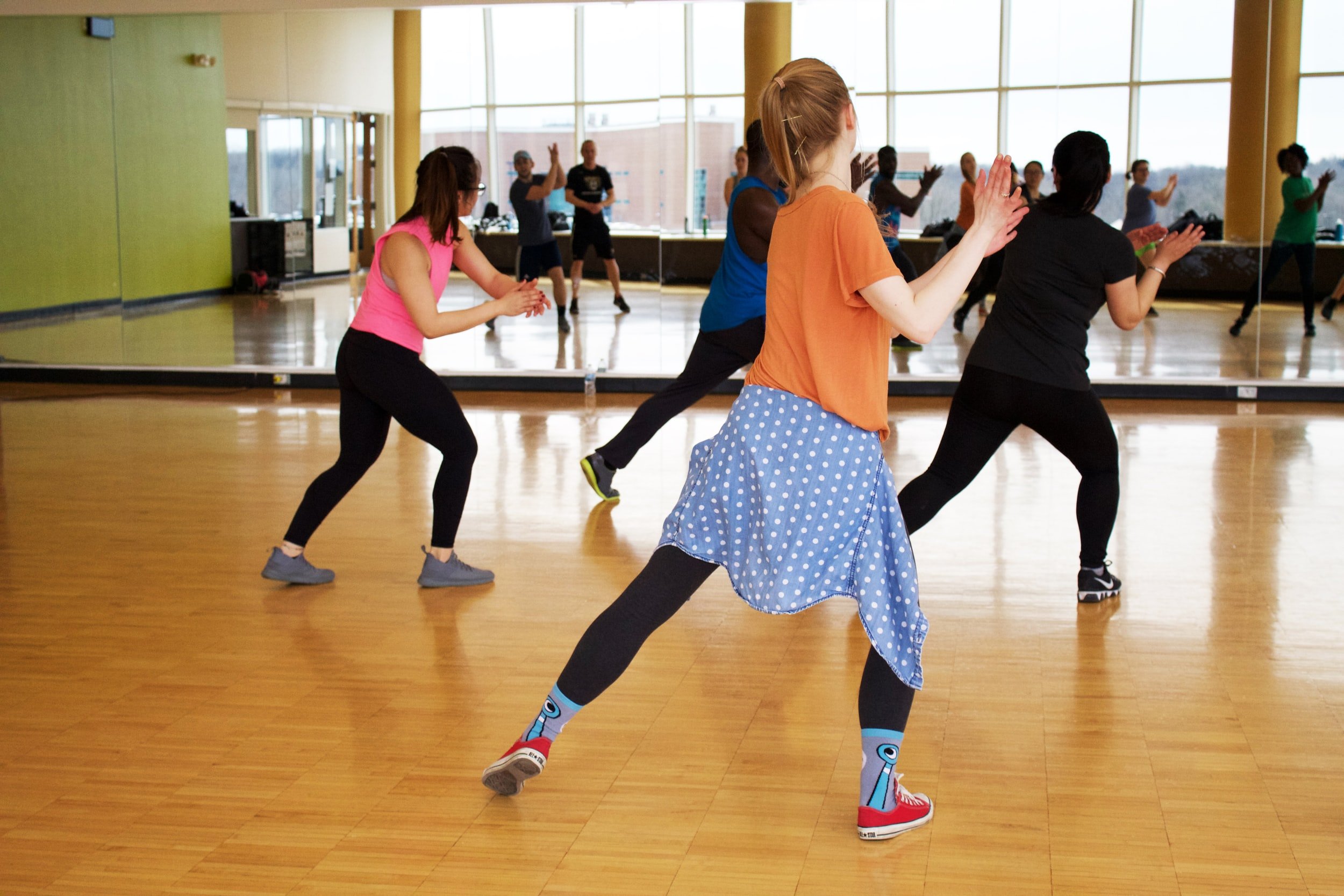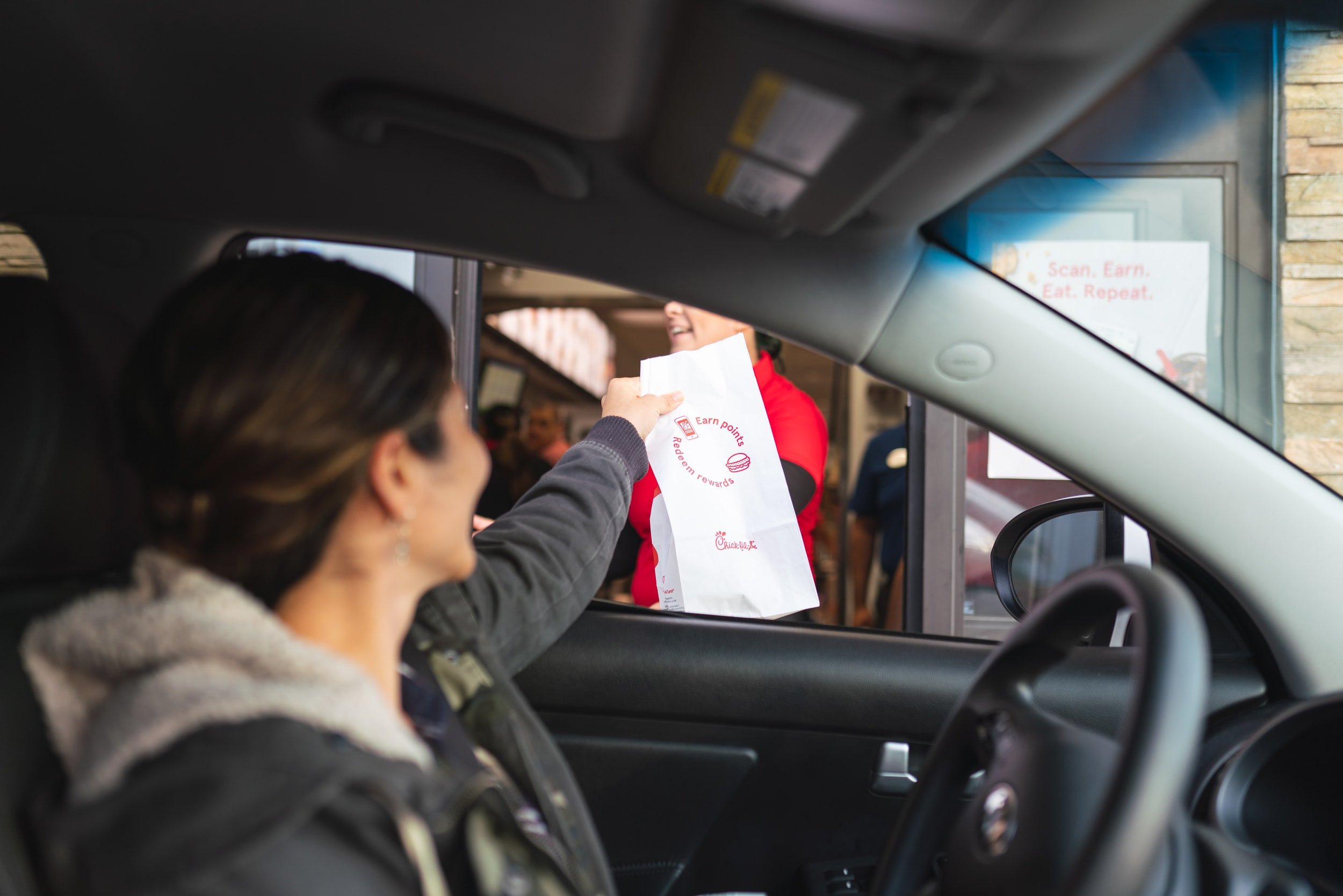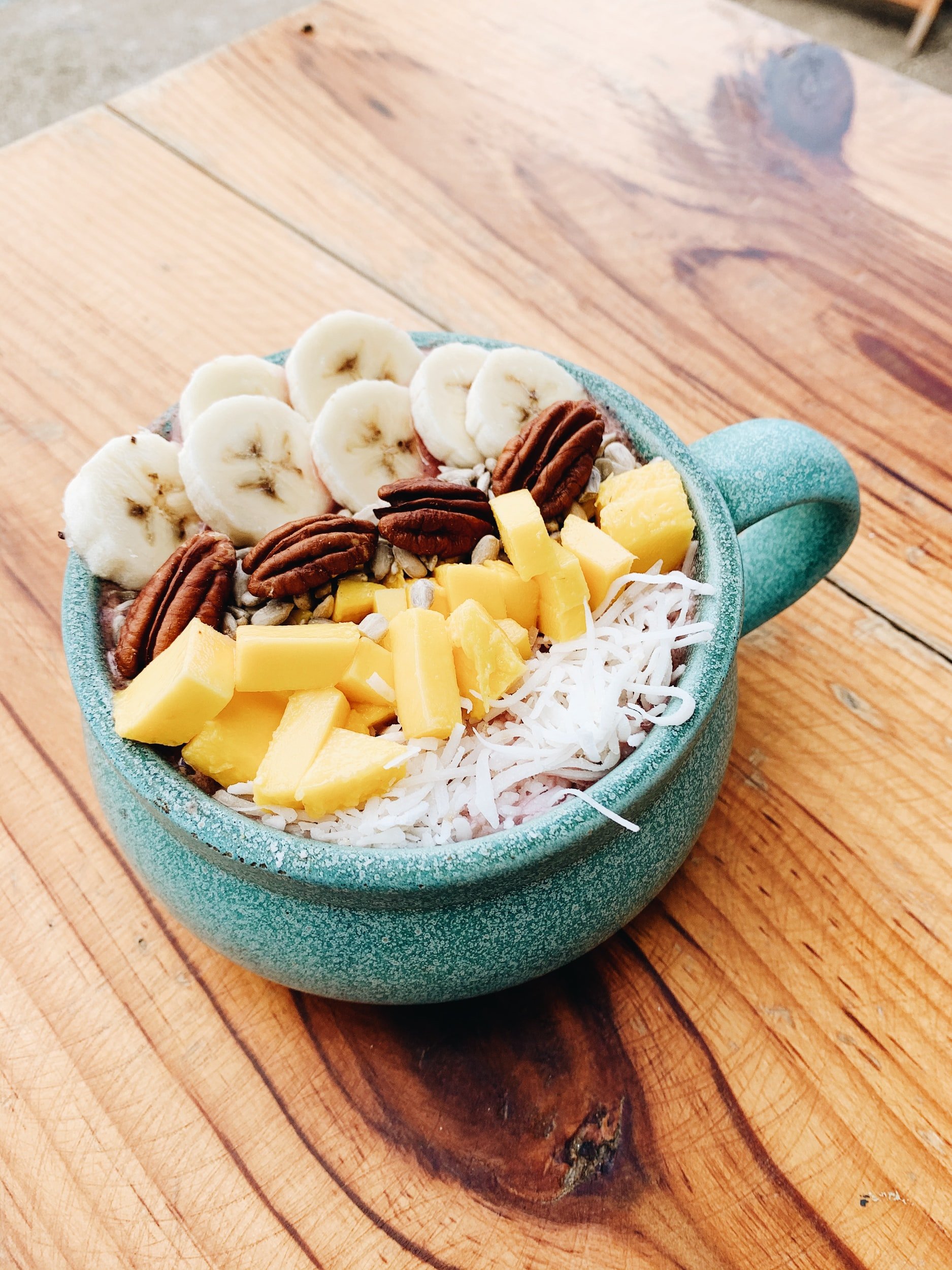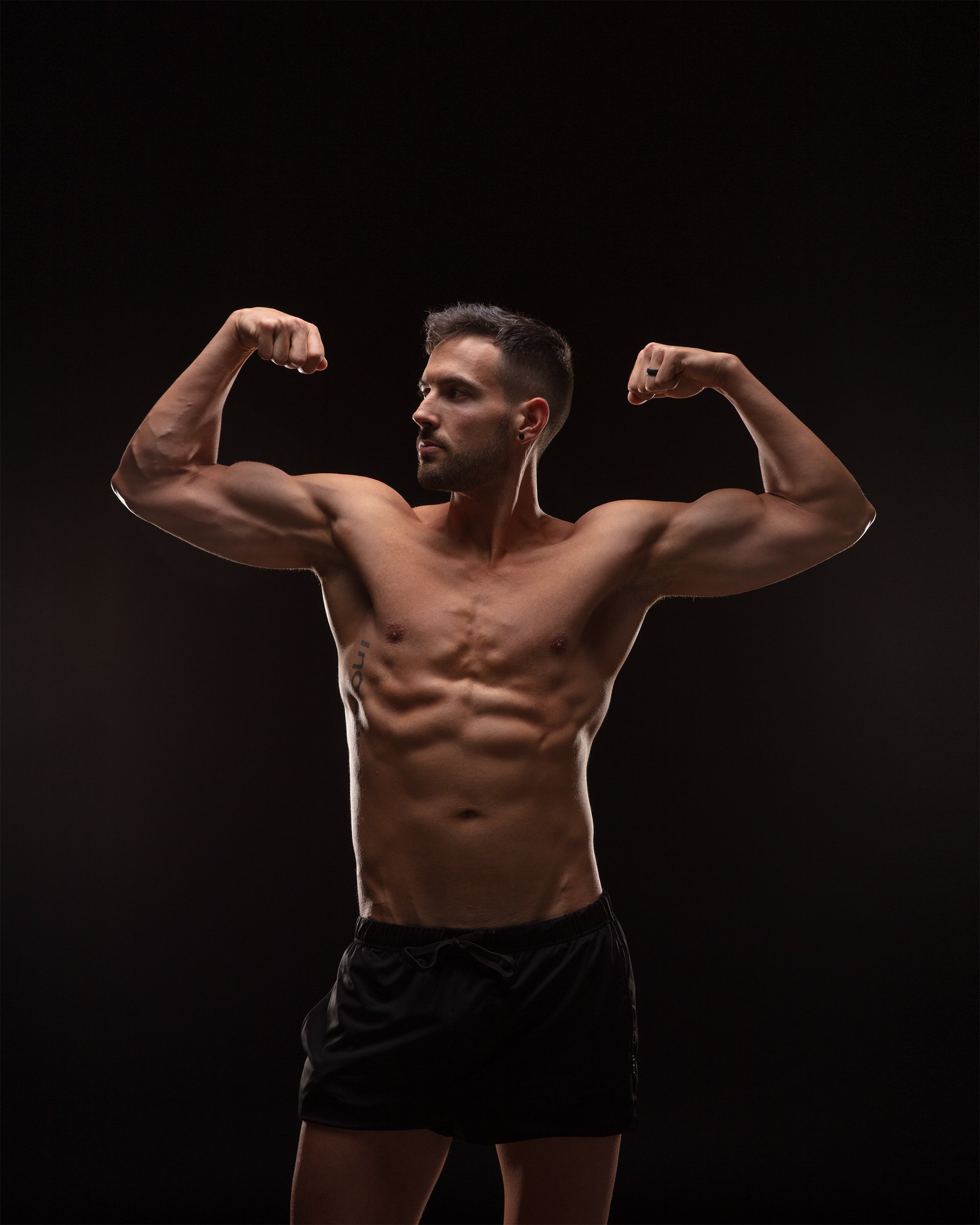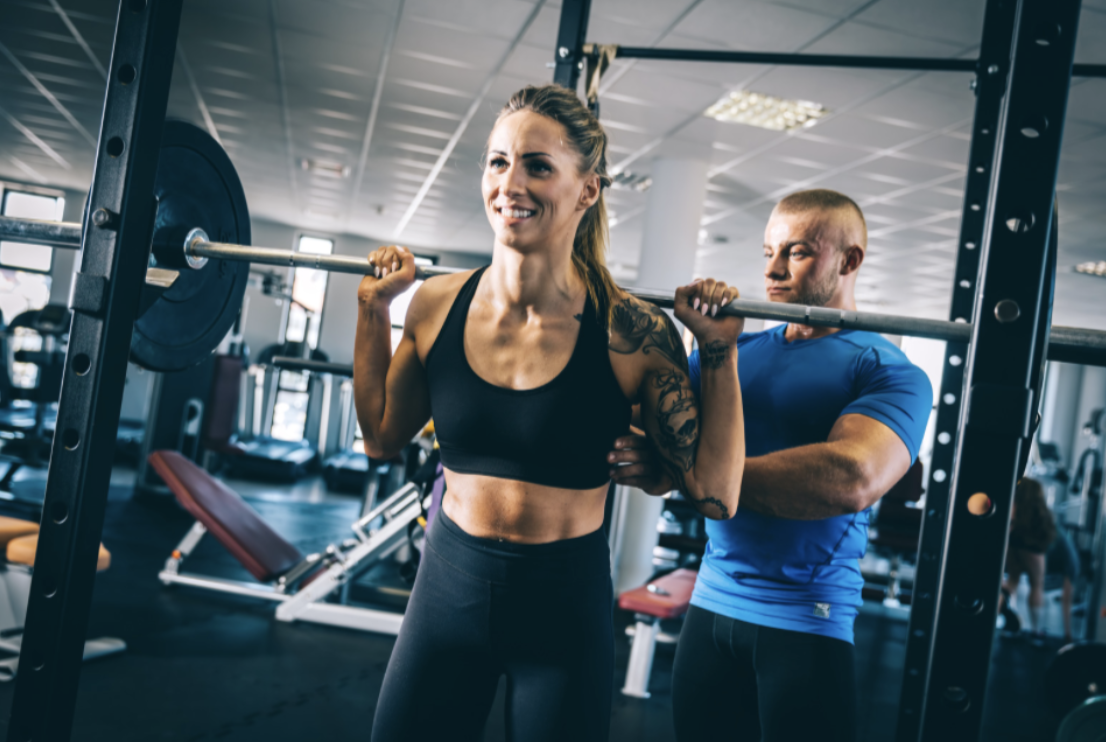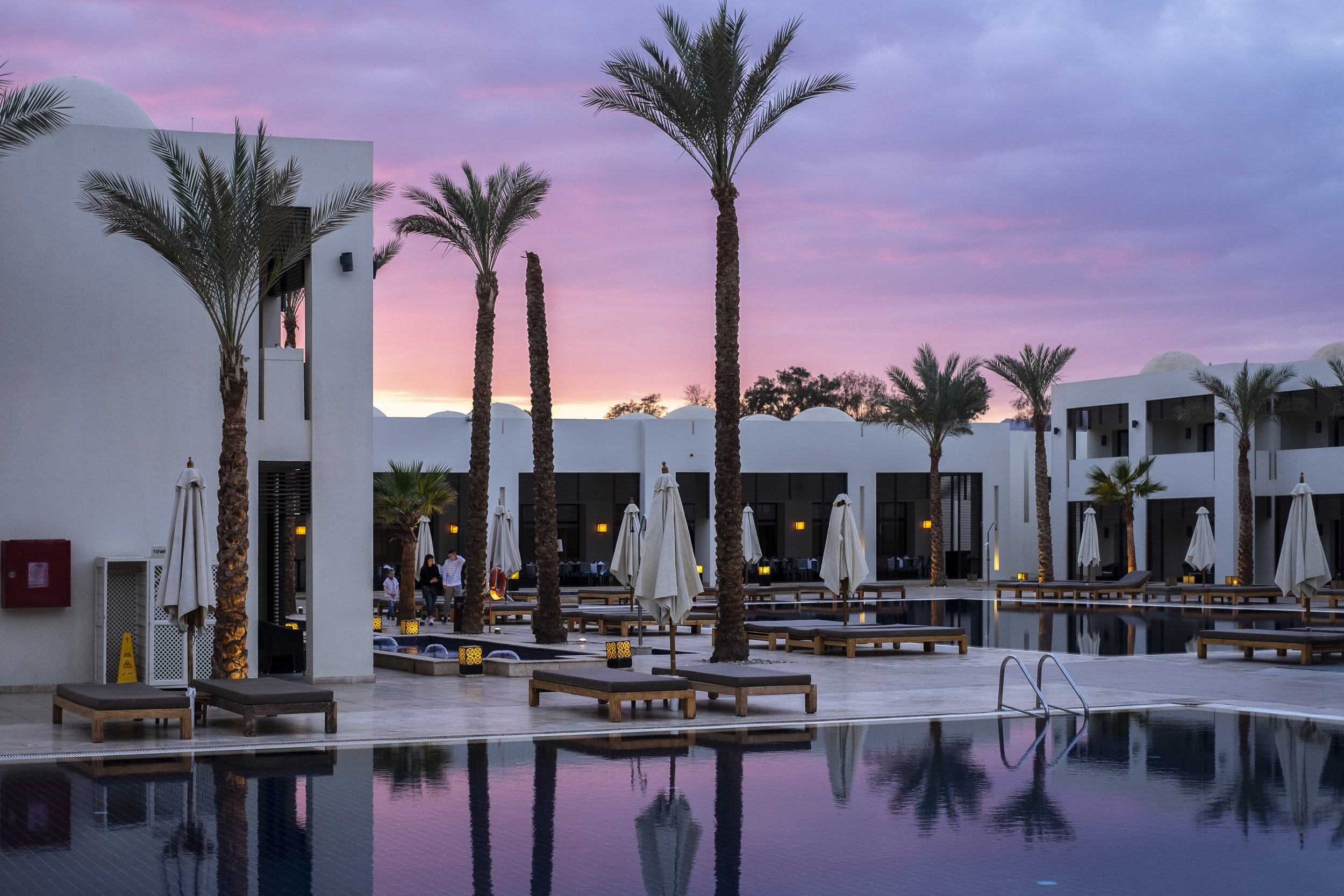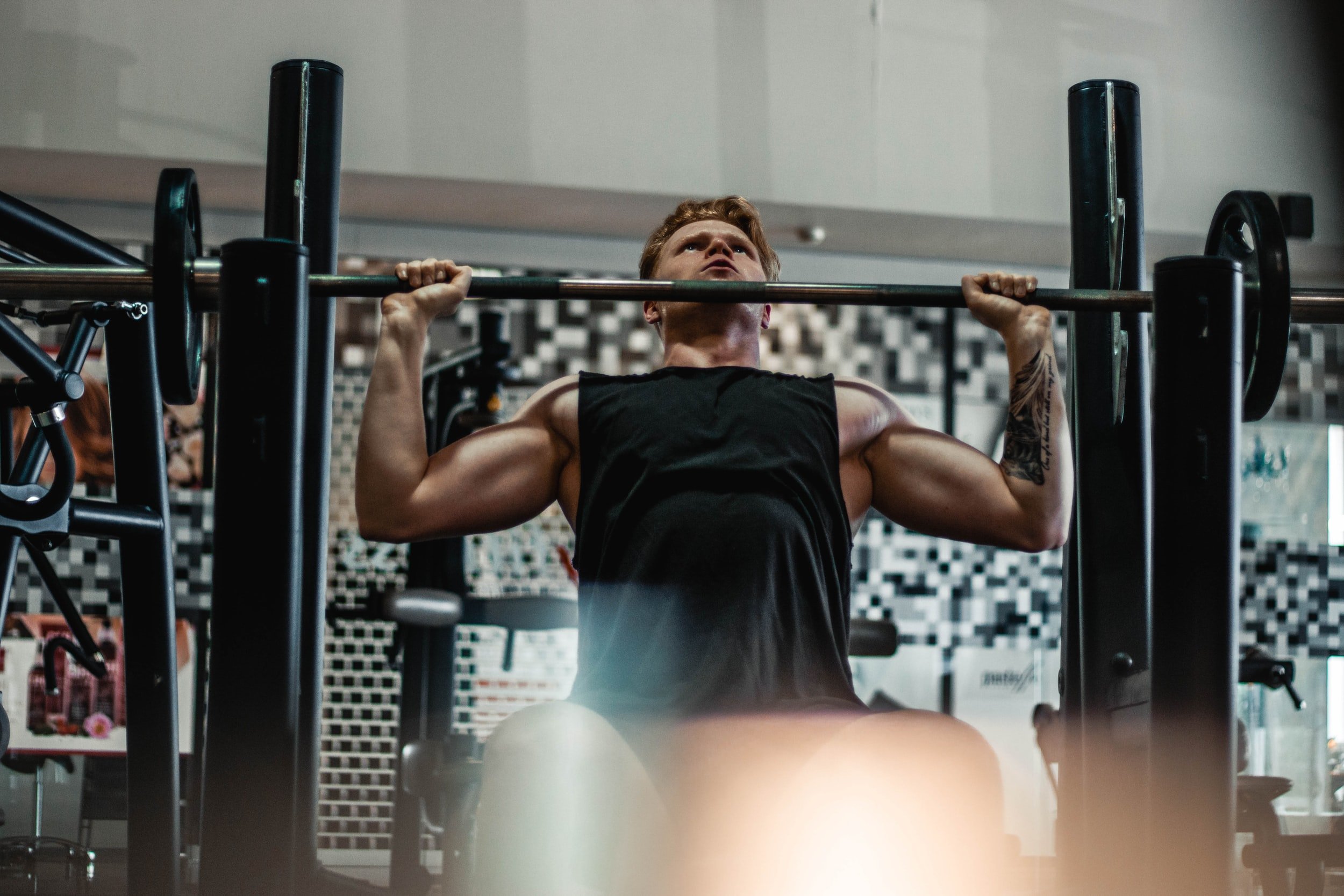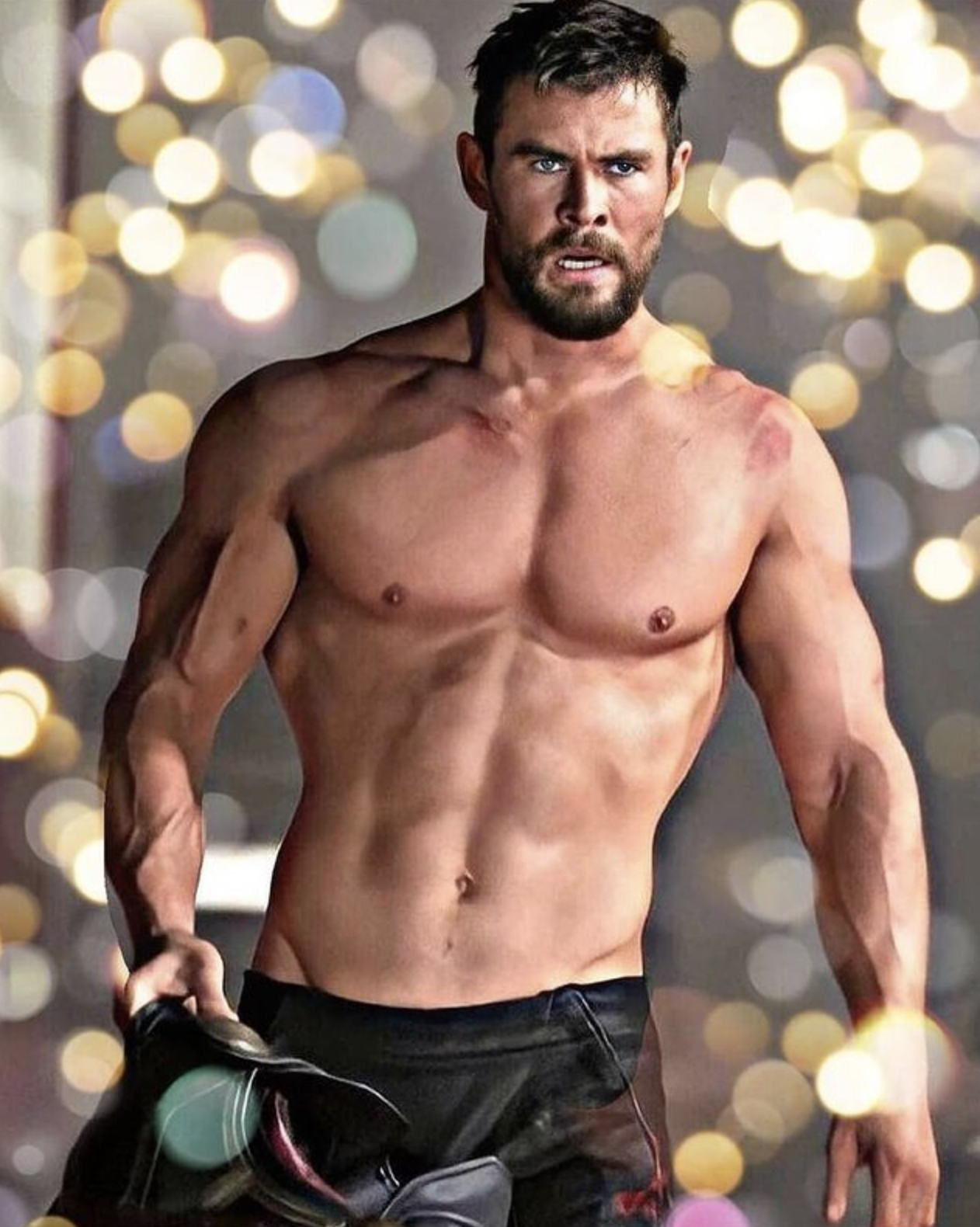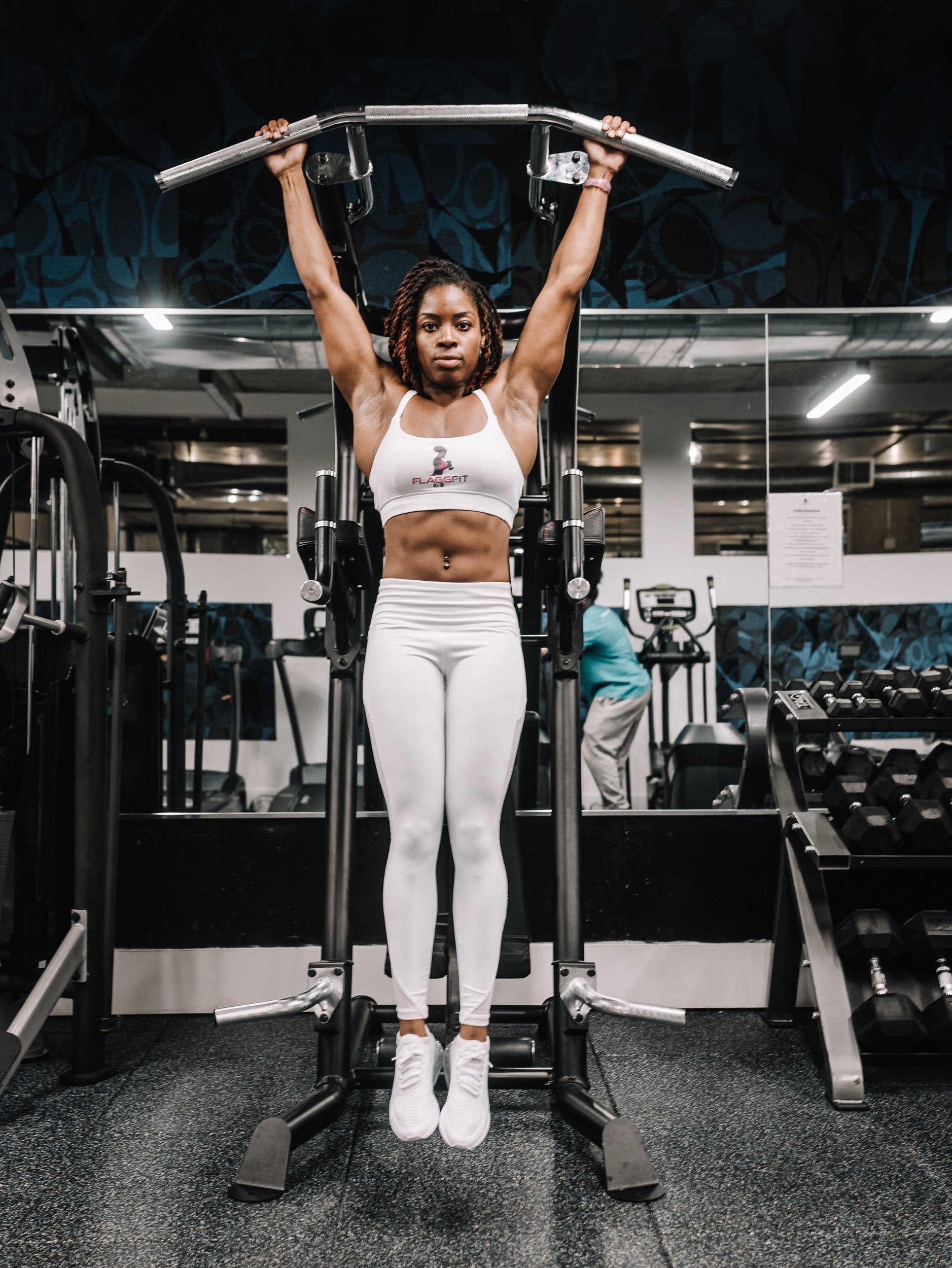When it comes to the fitness industry, there are a lot of opinions out there about the best way to lose fat.
Unfortunately, most of those opinions tend to hover over well-intentioned people like money-hungry vultures eager to snatch a quick buck out of your back pocket at a moment’s notice.
What do I mean?
Most fitness propaganda will lead you to believe that fat loss is best achieved through one of these four methods:
Fat Loss Supplements
Specific Training Programs
Specific Workout Equipment
A Strategic Manipulation of Energy Balance
The problem?
Three out of four of those options are driven directly by money.
And in my experience, money tends to distort any notion of pure altruism.
Because as much as the people in the fitness industry want you to lose fat, build muscle, and live a healthier life, they also want you to buy their fat loss supplements, training programs, and workout equipment.
Fortunately, most of us are aware of this.
As much as any good dentist wants his patients to come into his office with vibrantly healthy gums and teeth, he also probably wouldn’t mind if you needed a few cavities filled, a wisdom tooth pulled, and a lifetime prescription of name brand mouthwash.
Business is business and we all have to make a living somehow.
The question is…
What’s the truth?
Are fat loss supplements, high-profile training programs, and specific workout equipment truly really necessary for sustainable fat loss?
Or is there a simpler, more affordable way?
As you may have guessed by now, the goal of this article is to provide you with an alternative approach to losing body fat sustainably that skips over the fat-burning teas, Movie Star Body training plans, and waist trainers.
I just have one simple tip.
Are you ready for it?
Keep your “cardio” as fun and varied as possible.
In the past, I was awkwardly prideful about how little “cardio” I could do while still burning up fat.
And this comes from a long history of bodybuilders being "against cardio at all costs." I'm exaggerating a little bit, but if you know you know.
The idea is that anything you demand of your body that isn't stimulating for muscle growth while in a caloric deficit puts you at risk for muscle loss, which is why bodybuilders don't really do anything but walk while cutting fat.
And it works like a charm if you have the time.
Plus, people like to be able to show off their lean physiques on Instagram with cheeky captions like, “Guess how much cardio I did to get this physique? None.”
And that’s great.
Eating like a bird is always an option for getting exotically lean if that’s your cup of tea.
But I'm going to be real with you, I think that's unrealistic and unsustainable for most people.
I think most people would be better off resistance training 3-5 times per week while sprinkling in as much "fun cardio" as possible.
Here are some examples:
playing basketball before work with friends
playing soccer with your college buddies after work
hiking a new trail with your significant other
take a long bike ride
dropping into an OrangeTheory class
hitting up a community yoga class
trying out CrossFit for a few months
walking on the treadmill while binging your favorite new TV show
The key is to think about which ways you enjoy moving your body most and then implement them creatively into your lifestyle.
My own application of this concept is that I do CrossFit classes 5-6 times per week.
Why?
I love it, which makes it sustainable for me.
CrossFit burns a ton of calories and incorporates resistance training.
I don’t do it because I’ve been falsely promised it’s going to lead to automatic fat loss outcomes.
I do it in context of an entire lifestyle pattern that supports my fitness goals.
The result?
A great physique in context of a well-designed and implemented dietary pattern.
So ask yourself…
“What do I actually enjoy doing for exercise?”
And then do that as often as your lifestyle allows.
Why is fun “cardio” effective?
Keeping your “cardio” fun is effective for sustainable fat loss simply because movement burns calories.
Remember, fat loss is almost always a basic equation of calories in versus calories out.
If you burn more calories than you consume, you lose weight.
Therefore, adding a few more fitness-based activities to your weekly routine while keeping your caloric consumption the same tips this equation in favor of weight loss.
I also think fat loss becomes much less mentally demanding when you keep things fun. So it’s not that you’re burning more calories simply because you’re having fun - it’s that you’re not thinking of your exercise as some obligatorily hellish experience that “must be done.”
Keeping things fun creates positive associations around exercise instead of negative associations, which can be helpful for people who may have a strained relationship with working out.
Bonus Things to Consider
You still have to make sure that you’re not out-eating your exercise.
No one here is suggesting that playing sand volleyball once a week with friends will give you the license to eat in excess while slowly transforming into a Greek statue.
The point is that if you were to add more exercise into your life while keeping all other lifestyle variables constant, you would likely lose fat over time.
Resistance training is still king for obtaining a muscle-bound physique.
Going on a weekly hike and playing an extra game of basketball on Wednesdays isn’t going to make your glutes look like two newly discovered planets that rival the size of Jupiter.
You’ll want to be training effectively with weights several times per week to ensure muscle growth.
My recommendation in this article is to sprinkle in additional movement-based activity once you already have your resistance training regimen in place.
Also, my critique of high-dollar resistance training programs in the introduction is a critique of their unqualified promises to help people lose fat without consideration of other lifestyle factors like diet, sleep, and activity. It’s not a critique of resistance training programs overall. Training programs absolutely necessary for obtaining the lean, hard-body physique many people desire.
It’s not all about calories.
What I mean here is that fat loss is best achieved through a combination of eating an appropriate number of calories, eating enough protein, resistance training, and implementing “cardio” as needed.
The point of this article is not to oversimplify the entire process. The point is to single out one particularly helpful tip for losing fat sustainably.
Living a more active lifestyle will be much easier if you surround yourself with like-minded people.
In other words, you might have to get plugged into a new community!
Fortunately, there are lots of options like rock-climbing gyms, cycling clubs, CrossFit gyms, OrangeTheory gyms, yoga studios, and many others.
Summary
You don’t need to spend your money on fat loss supplements, overpriced training programs, and fancy workout equipment to lose fat sustainably.
My best fat loss tip is to keep your “cardio” fun so you can burn calories in an enjoyable manner.
If you were to think of your fat loss effort as a Venn diagram of three overlapping circles of effective, enjoyable, and adherable, you’d want your approach to be in that innermost circle.
It creates positive associations around a lean body rather than negative ones.
I sincerely hope you found this article helpful or illuminating in some way!
If you feel like it brought you value, consider sending it to a friend or family member - especially someone who might be missing that “fun factor” when it comes to finding an exercise routine that works sustainably for them.
Later, friends.
-Andrew

















